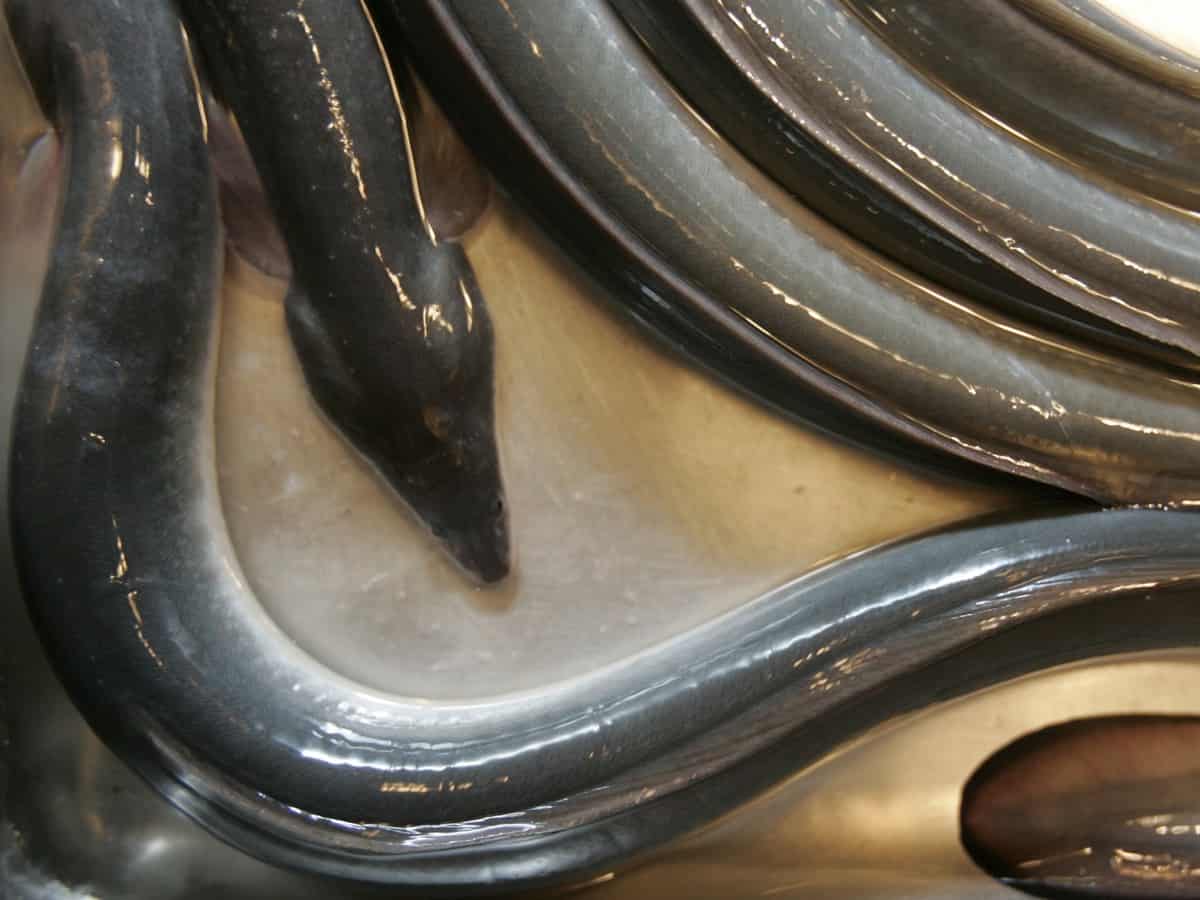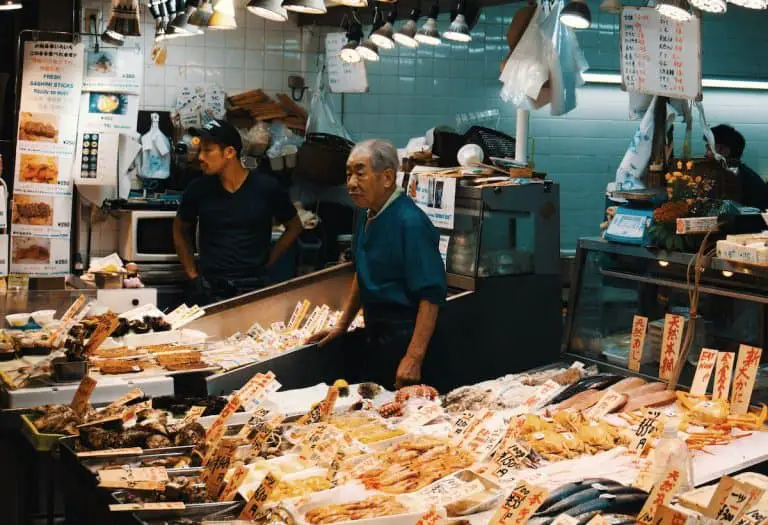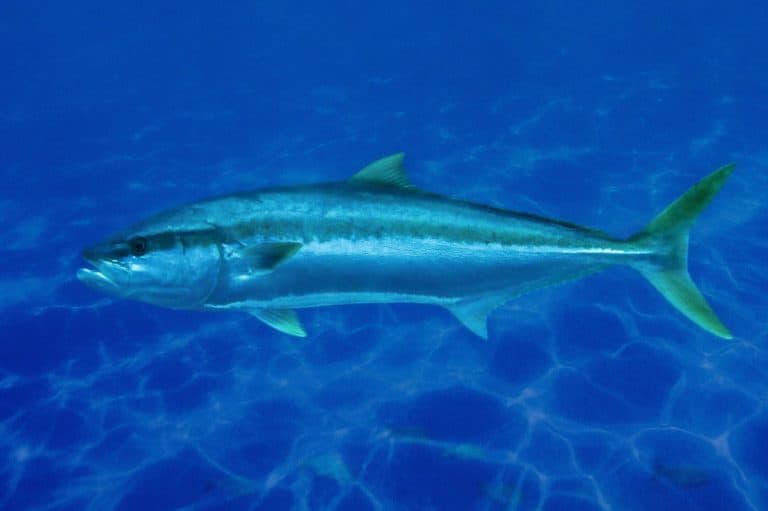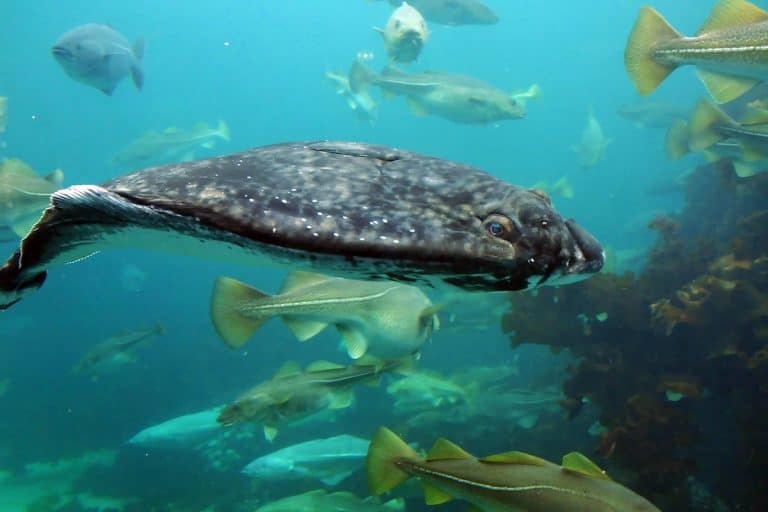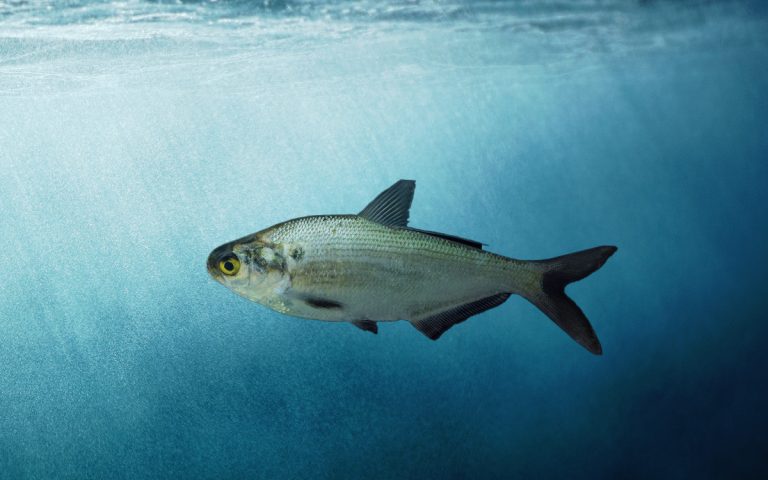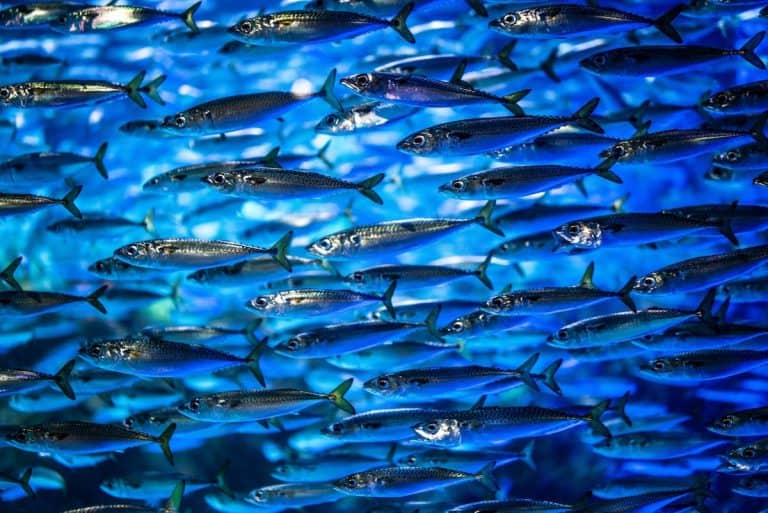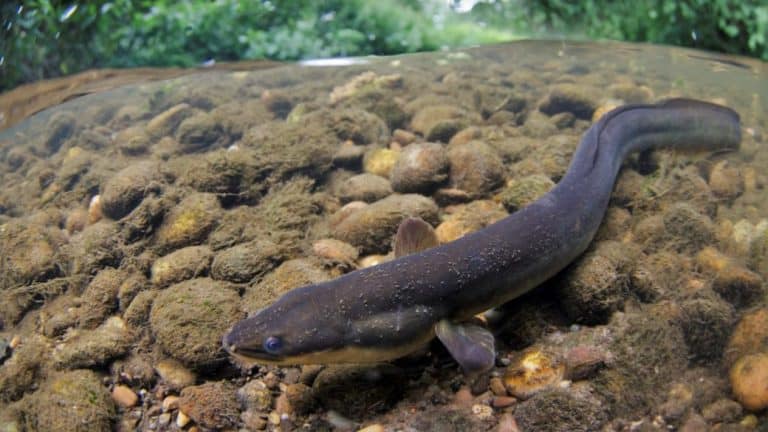Source: Farmed
Mercury Risk: Low
PCB WARNING
Freshwater eel, known as unagi, is one of the most popular items in the American sushi industry. It is generally grilled and served with a dark kabeyaki sauce. Unfortunately, our consumption of eel is a tremendous problem from an environmental standpoint.
Wild eel populations around the world are in severe decline. These population crashes stem from habitat alteration, overexploitation, climate change, pollution, and disease. Even as stocks plummet, however, the demand for freshwater eel continues to grow. As wild stocks have diminished, aquaculture has taken over. About ninety percent of the eel consumed in the United States is produced in farms, mainly in China, Taiwan, and Japan. Unfortunately, eel aquaculture tends to be sloppy and has a number of serious problems.
Fish meal: Eels are carnivorous. When these fish are kept in captivity, their keepers are forced to provide them with large amounts of protein. Regrettably, local wild fish stocks are often targeted for this purpose. Researchers estimate that 2.5 tons of wild fish are needed to produce a single ton of marketable eel.
Impact on wild populations: Most eel farms capture young eels from the wild and raise them in captivity rather than breeding them. That means that every eel raised by a farm is one that will never have a chance to reproduce in the wild. This is a serious problem, as the world’s eel stocks are in dire need of new breeders. In fact, a 2009 article in the Guardian states that eel populations across Europe have declined by 95% in the past 20 years.
Escape and disease: Eels are adept at escaping from captivity. Most aquaculture systems that use modified wetlands and open systems see high numbers of fish escapes; eels in particular excel at wriggling their way out of captivity. This leads to crossbreeding between wild and domesticated stock, which can threaten future breeding patterns. Moreover, eels are susceptible to many pathogens and can transfer diseases to wild populations when they escape from aquaculture facilities.
Wetlands destruction: Eel farms are often located in coastal wetlands. Most use open-tank systems that flush farm waste into the surrounding areas, which causes pollution and threatens local ecosystems.
Unagi is a bad choice for an astounding variety of reasons. Don’t eat it. Looking for alternative unagi sushi options? Check out our sustainable unagi recipe.
Casson Trenor
Casson Trenor is a frequent commentator on sustainable seafood issues. He has been featured in regional, national, and international media outlets, including CNN, NPR, Forbes, New York Times, Boston Globe, Christian Science Monitor, San Francisco Chronicle, Los Angeles Times, Seattle Times.

